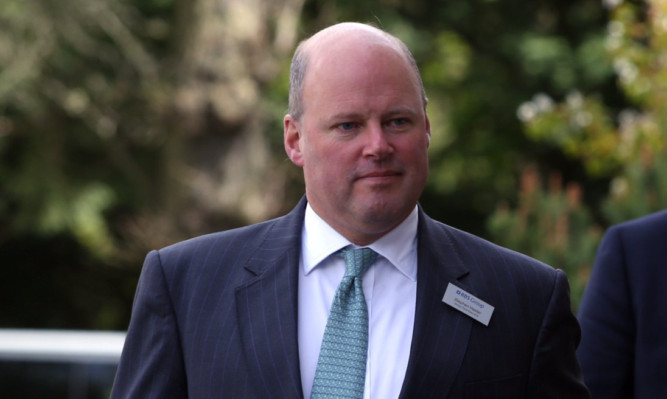The chairman of taxpayer-owned RBS has warned of possible further job cuts despite saying the major restructure prompted by the bank’s financial collapse was coming to an end.
Sir Philip Hampton told investors at the bank’s annual meeting on Tuesday that RBS had to ensure its retail operations were located where its customers were, and said that was not necessarily where its branches were currently located.
He said that over the next three years RBS would invest £175 million in Scotland alone to become “truly customer focused”, but warned there could be job losses along the way.
The bank has shed more than 38,000 employees since a major turnaround plan commenced in 2009 following the Government’s £45 billion bailout after the financial crash.
Sir Philip told shareholders at the meeting at RBS’s HQ in Gogarburn that 2012 had been a “chastening” year for the banking sector after a series of scandals.
RBS’ own “conduct costs” in the year amounted to £2.2bn in liabilities related to payment protection insurance, the fixing of the Libor inter-bank lending rate and the mis-selling of interest rate hedging products.
The bank also incurred costs of £1.6bn during the year as restructuring continued.
Sir Philip, who has raised the prospect of a phased re-privatisation of RBS from next year, said the bank could never go back to its previous ways.
“Overall we can see the progress that the bank is making, restoring itself to health and building a profitable future,” he said.
“The financial crisis exposed how much had gone wrong with banking: financial incentives led people to act in their own interests rather than in the interests of customers.
“Attitudes to risks were complacent and the focus was overwhelmingly short-term. These behaviours, such as manipulating Libor rates, must never be repeated in this bank.”
Investors were told gross lending to British business now exceeded £100bn and in 2012 the bank offered more than £58bn of loans and facilities to UK firms.
However, Sir Philip said confidence remained subdued, and that was reflected in a lower demand for credit.
The number of SME loan applications was down 19% in 2012 compared with the year previous, and he said business customers were instead holding larger reserves up from £88bn in 2009 to £127bn last year.
Chief executive Stephen Hester said the journey from a “bust bank” to a “normal bank” was virtually complete and the next step for RBS to take was to become a “really good bank.”
He said the balance sheet was now in the shape the board wanted it, having been slimmed down by £900bn in the restructure period, and funding had improved to the extent it now held an excess of customer deposits.
He said one of the biggest problems the bank now faced was identifying “sensible” lending opportunities.
Mr Hester said the last “major area of risk” was in Ireland, where significant losses have been racked up in property, but the corner had been turned.
